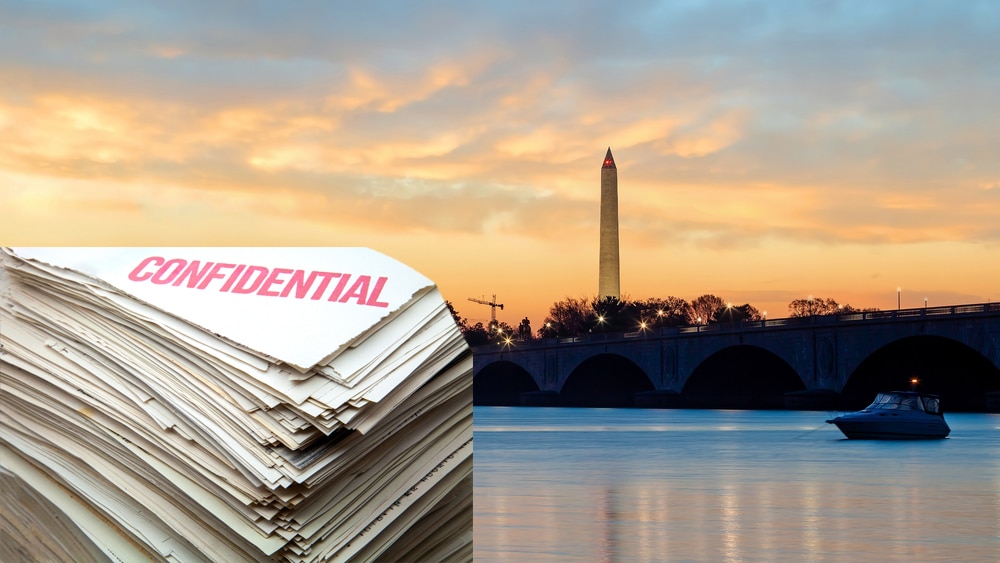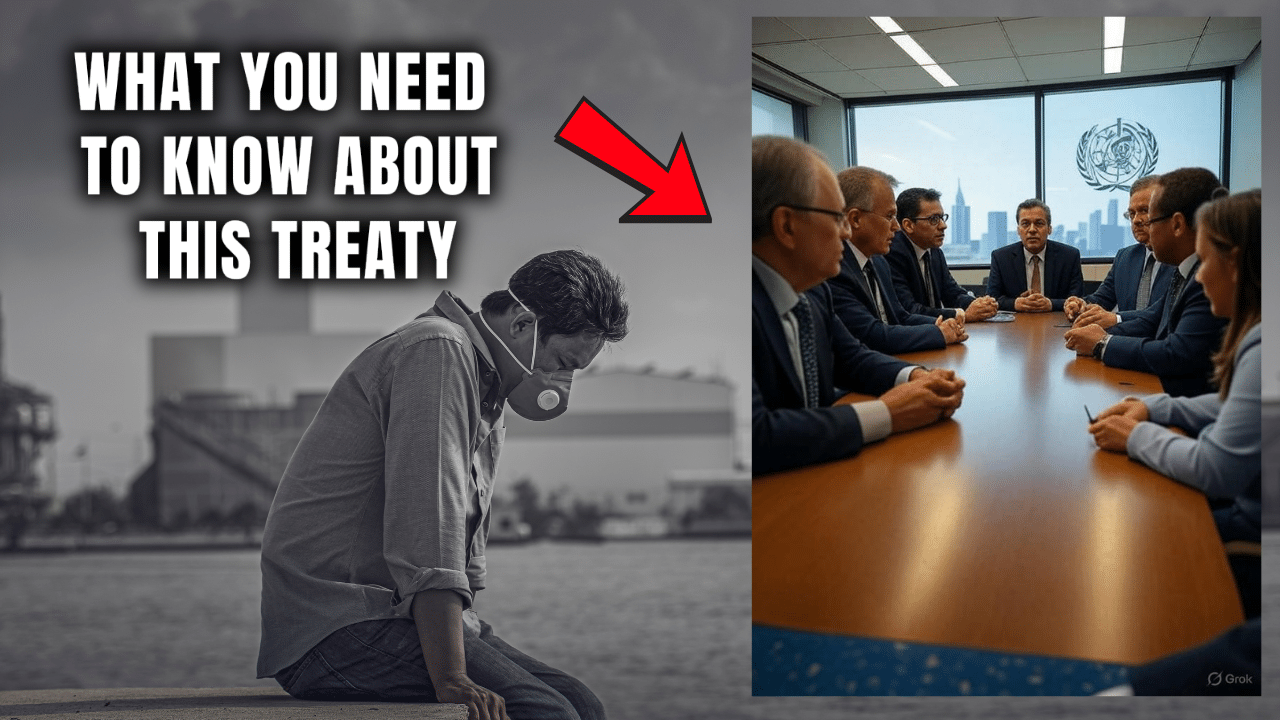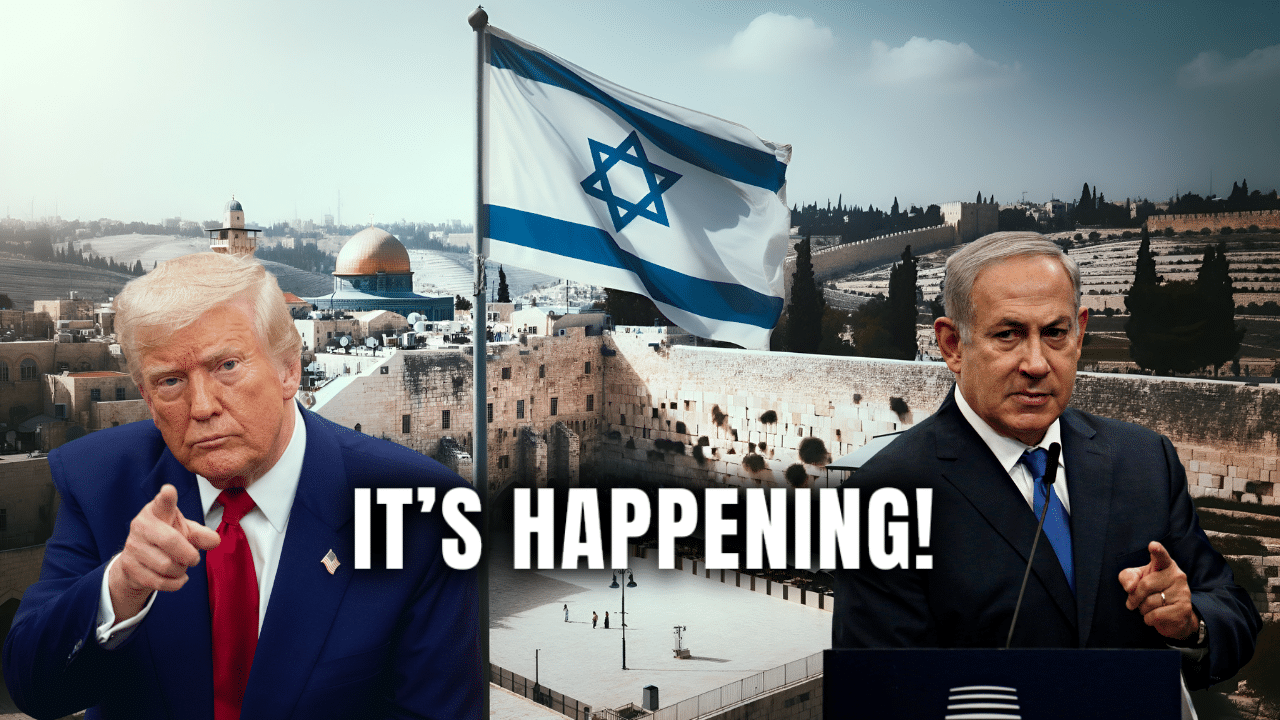Newly disclosed documents have shed a crack of light on secret executive branch plans for apocalyptic scenarios — like the aftermath of a nuclear attack — when the president may activate wartime powers for national security emergencies.
Until now, public knowledge of what the government put into those classified directives, which invoke emergency and wartime powers granted by Congress or otherwise claimed by presidents, has been limited to declassified descriptions of those developed in the early Cold War.
In that era, they included steps like imposing martial law, rounding up people deemed dangerous and censoring news from abroad. According to MSN News, It has not been clear what is in the modern directives — known as presidential emergency action documents — because under administrations of both parties, none have been made public or shown to Congress.
But the newly disclosed documents, which relate to the George W. Bush administration’s efforts to revise the draft orders after the attacks of Sept. 11, 2001, offer clues. Several of the files, provided to The New York Times by the Brennan Center for Justice,
show that the Bush-era effort partly focused on a law that permits the president to take over or shut down communications networks in wartime. That suggests the government may have developed or revised such an order in light of the explosive growth in the 1990s of the consumer internet.
Underscoring how little lawmakers and the public can infer, another file, from the summer of 2008, mentioned that Justice Department lawyers were revising an unidentified draft order in light of a recent Supreme Court opinion.
The memo does not specify the ruling, but the court had just issued landmark decisions on topics that could relate to government actions in an emergency — one about gun rights in the United States and another about the rights of Guantánamo detainees to court hearings.
“The bottom line is that these documents leave no doubt that the post-9/11 emergency actions documents have direct and significant implications for Americans’ civil liberties,” said Elizabeth Goitein of the Brennan Center for Justice at New York University. “And yet, there is no oversight by Congress. And that’s unacceptable.”
Even though it is unclear how the directives have evolved since the later stages of the Cold War, Ms. Goitein said they have likely expanded to include other scenarios beyond a devastating nuclear attack. The documents show that later versions extended from one category to seven, although their topics remain secret, and fall within the jurisdiction of agencies with different areas of focus.
The newly disclosed documents show that there were 48 of the directives when the Bush administration took office; by 2008, that number had grown to 56. Vice President Dick Cheney’s office was involved in reviewing and “clearing” the orders. The documents do not indicate any consultation with Congress.










